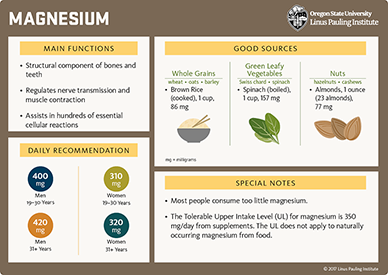

In this condition, excess (unabsorbed) fat in the gut binds to calcium, which then cannot attach to and block absorption of oxalate (Arrabal-Polo, Arrabal-Martin 2013 Nazzal 2015). Hyperoxaluria can also occur in people with fat malabsorption due to digestive disorders or after gastrointestinal surgery, including bariatric surgery for weight loss. This has led some researchers to recommend osteoporosis testing for recurrent kidney stone formers (Arrabal-Polo, Sierra Giron-Prieto 2013).ĭigestive and intestinal disorders – People with chronic diarrhea or inflammatory bowel diseases like ulcerative colitis and Crohn’s disease absorb more dietary oxalate, leading to hyperoxaluria and thus an increased calcium oxalate stone risk (Aliotta 2015). Osteoporosis – Emerging evidence suggests a strong relationship between bone loss and kidney stones. This leads to increased intestinal calcium absorption and calcium removal from bones, raising blood calcium levels as well as urine calcium concentrations and kidney stone risk (Gasser 2013 Nussey 20). Hyperparathyroidism – In this condition, parathyroid hormone levels are elevated. Similarly, kidney diseases that cause increased phosphate in the urine also contribute to stone risk (Arrabal-Polo, Arrabal-Martin 2013 Aliotta 2015). Impaired kidney function – Kidney diseases and disorders that impair renal calcium handling cause high urinary calcium and thereby increase stone risk. Low fruit and vegetable intake – Several fruits and vegetables provide alkaline-forming substances including bicarbonate, citrate, and potassium, which alkalinize urine, reduce urinary calcium excretion, and raise urinary citrate, thus reducing kidney stone risk (Morris 1999).Ĭonditions Associated with Increased Kidney Stone Risk This possibility has received support from epidemiologic studies that have found that lower dietary calcium intake actually increases kidney stone risk (Sakhaee, Maalouf 2012 Sorensen, Eisner 2012). This then lowers urinary oxalate, and may help prevent calcium oxalate kidney stones.

In fact, calcium actually binds to oxalate in the digestive tract, preventing oxalate from entering the bloodstream.
#Best form of magnesium for kidney disease trial#
Low calcium intake – Although dietary calcium restriction was previously thought to lower urine calcium and calcium-containing stone risk, evidence from multiple large observational studies and a randomized controlled trial has shown that calcium restriction does not prevent stone formation (Friedlander 2015). Similarly, in a study of nearly 200 000 individuals over an average of eight years, those who consumed the most sugar-sweetened soft drinks were 23% more likely to develop kidney stones compared with those who consumed the least (Ferraro 2013). In a 12-year study of 91 731 women, those who ate the most refined sugar were 52% more likely to develop kidney stones than those who ate the least (Curhan 1997). High sugar intake – A high-sugar diet appears to raise the risk of kidney stones, which may relate in part to the ability of refined sugar and large quantities of carbohydrate to elevate urine calcium (Thom 1978 Garg 1990). High salt intake – A high-salt diet contributes to kidney stone risk, at least in part, because high sodium intake raises urine calcium concentration (Sakhaee, Maalouf 2012 Friedlander 2015). Struvite stones are associated with chronic urinary tract infections involving certain types of bacteria, and are up to three times more common in women.Ĭystine – Stones made of the amino acid cystine are rare in adults and more common in children, representing 1‒3% of all kidney stone cases. Struvite – Kidney stones are made of struvite, which is magnesium ammonium phosphate, in 1‒7% of cases.

Uric acid – Uric acid stones account for up to 20% of all kidney stones. There are five major types of kidney stones (Aliotta 2015 Preminger 2015 Antonelli 2015):Ĭalcium oxalate – From 60‒80% of all kidney stones are entirely calcium oxalate or predominantly calcium oxalate with a smaller percentage of calcium phosphate.Ĭalcium phosphate – Pure calcium phosphate stones are less common, accounting for 10‒20% of all kidney stones. These crystalline-protein complexes are the main components of kidney stones (Aggarwal 2013 UMMC 2014).

These crystals can stick together and form complexes with other molecules, particularly proteins. Minerals and organic molecules that are dissolved in the urine can crystallize if the urine becomes highly concentrated. Urine becomes more concentrated as it moves through the kidneys and as water is reabsorbed into the bloodstream (Sands 2009).


 0 kommentar(er)
0 kommentar(er)
